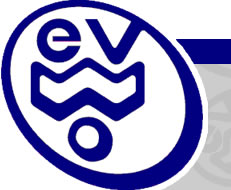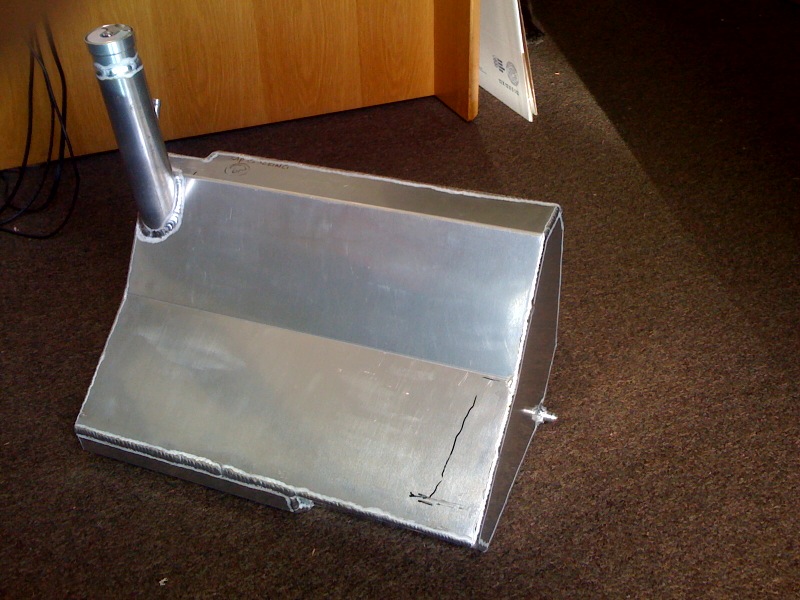Mid Summer stretch……
August 11th, 2010Typically the Summer stretch, particularly July can be pretty quiet for WEVO, disposable income allocated to Summer Camps, back-to-school and other extra-curricular expenses result in a marked drop of product sales activity. It’s somewhat historical for us, so it never draws alarm.
July 2010 was no different, sales were predictably slow, but in contrast on other fronts it was just insanely busy. Two ALMS races for Risi Competizione, one private test with the F430 and the completion and delivery of Lola for the Peking to Paris Marathon jammed between my return from Le Mans and the end of July made for a super busy time.
My work for Risi Competizione was a productive effort, working with the great drivers on the Ferrari factory driver roster. Giancarlo Fisichella, Toni Vilander, Mika Salo and Pierre Kaffer. A 6th place at Miller Motorsports park in Utah and a 4th place at Lime Rock Park adding valuable points haul to Ferrari’s total in the Manufacturers Championship. ALMS has the tightest GT racing in the world right now with Ferrari, Porsche, BMW and Corvette all duking it out in tight competition. With three races left in 2010 the Driver’s and Manufacturer’s championships are still tight. If you are a Porsche fan you are pulling for Flying Lizards, A Ferrari fan will be rooting for Risi Competizione. Both BMW and Corvette are works efforts, the BMW’s run by Rahal Letterman Racing and the Corvettes a joint venture between GM and Pratt & Miller race cars.
“Lola” the Peking to Paris Porsche 356 was delivered to a Long Beach warehouse on July 16th. Apparently all the West Coast USA cars departed by ship from Long Beach on July 27th, bound for a warehouse in Beijing, where we will collect the car on September 8th. We crunched through the final intricate job lists – some 300+ items as were approached the departure date. We tested the car fully laden at 2480lbs, made all our alignment and ride height settings at full weight and final decisions on engine tune all at full load.
The spunky little 1600cc low compression motor was still able to haul the “heavy” 356 to 100mph on the GPS (not the speedo) and on 87 octane gas. Great engine work by Alan at The Stable. The car ran straight and steady at high speed on the aggresive tread Rally tires. Noise level is OK, neither distinctly loud or noticeably quiet. The installation of the full length skid under the car and the high exit exhaust system being some of the last details completed. Our final ride height measurements, fully loaded, delivered a 6″ ground clearnace under the front skid plate, about at the axle line. Whether this is enough is somewhat academic now, as this is all we can achieve with the stock 356 front suspension components.
The car was packed with most of our spares and equipment. Clothing, some of the tools and all of the “oversights” will be added to our baggage to China on September 6th. Space is at a premium in the car, without the luxury (intentional) of a roof rack, two sapres wheels in the front trunk gobble up most of the useful trunk volume. The rear seat area is partially filled with our 21lbs total, of featherweight camping gear. The balance of the rear seat area is dedicated to our clothes duffles and the first aid kit…
If this is sounding minimalist, it certainly is. It will be an interesting challenge to go for some 40 days on two changes of clothes and some extra layers to handle the cooler areas.
The final challenge now is to complete the travel logistics and obtain all the necessary 7 visa’s.
The Route Books have been issued, along with maps for the whole route. We can see now the location of the Times Stages, the length of the transit and passage stages, effectively the whole event laid out in about 5lbs of spiral bound documentation. So far I have marked up some of the special challenges – highlighted reminders intented to revoke the fog of fatigue, plus started to strategize about out fuel levels, fuel purchase locations etc. If you visit the Peking to Paris Marathon web site, you can see the route and use the interactive map to zoom way in and speculate about the landscape and roads we will travel.
 I will be away from September 6th until October 22nd, probably without a cell phone. I will experiment with opportunities to post to this blog, but promise nothing!
Some of the cars in the event – including us in car #100, have opted to carry a SkyTag tracking device. When the event starts you will be able to follow the progress of the cars via their website http://www.skytag-gps.co.uk/. If you see car 100 stopped for excessively long periods, that is beacuse Steven either broke it or crashed it. If you see a trail of crazy circles, that is becasue I got us lost…..





